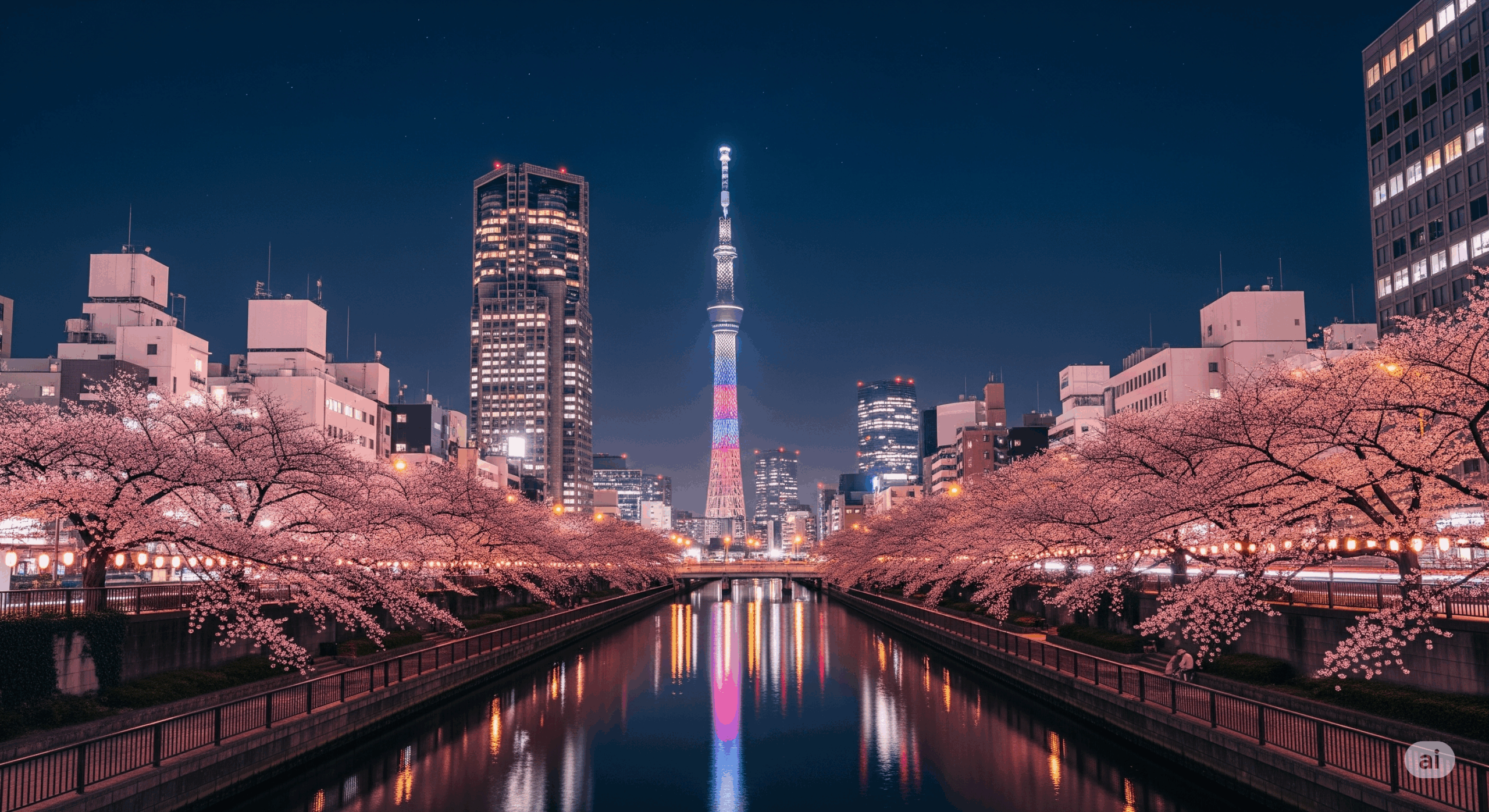Planning your trip to Sapporo, Hokkaido? While you’ve likely got the delicious ramen, snow festival (if it’s winter!), and stunning nature on your list, have you ever considered exploring a unique aspect of Japanese culture: the love hotel?
Often misunderstood, love hotels are a fascinating part of Japan’s hospitality scene, offering privacy, comfort, and sometimes incredibly unique themes that you won’t find in a standard hotel. If you’re curious about experiencing something truly different during your Sapporo nights, this guide will walk you through what love hotels are, how to use them, and what to expect for a discreet and enjoyable experience.
What Exactly is a Love Hotel?
Unlike regular hotels, love hotels are primarily designed for short-term stays, typically for couples seeking privacy. However, they are increasingly popular with tourists and friends looking for a unique, themed room experience, or simply a comfortable place to relax for a few hours. They offer two main options:
- Rest (休憩 – Kyuukei): This is a short stay, usually 1-3 hours, perfect if you just need a quick break.
- Stay (宿泊 – Shukuhaku): This is an overnight stay, typically from late evening until the next morning, similar to a regular hotel but often with more flexible check-in/out times.
You’ll find them scattered around Sapporo, often recognizable by their unique architecture, discreet entrances, and sometimes more vibrant signage than standard hotels. They prioritize discretion, ensuring your privacy from check-in to check-out.
Why Choose a Love Hotel in Sapporo?
Sapporo’s love hotels offer more than just a place to rest your head. They can be an adventure in themselves!
- Unparalleled Privacy: The entire process, from checking in to paying, is designed to be as private as possible, often with automated systems or screens separating guests from staff.
- Unique Themes & Amenities: Many love hotels boast incredibly creative room themes, from sci-fi to tropical paradise, and often come equipped with luxurious features like large bathtubs, karaoke machines, massage chairs, and even costumes. It’s like stepping into a fantasy world!
- Flexibility: Need a room for just a few hours during the day or a specific time at night? Love hotels offer more flexible hourly rates and late-night check-ins compared to typical hotels.
- Value for Short Stays: For a few hours of relaxation or fun, the “Rest” option can be surprisingly affordable, often costing less than a standard hotel room for a brief period.
How to Use a Love Hotel in Sapporo: A Step-by-Step Guide
Using a love hotel might seem intimidating at first, but the process is surprisingly simple and designed for anonymity. Here’s what you generally do:
- Find a Hotel: Love hotels are often clustered in entertainment districts. In Sapporo, you might find them around areas like Susukino, though they can be elsewhere too. Look for signs that say “ホテル” (Hotel) with unique designs or the terms “休憩” (Kyuukei – Rest) or “宿泊” (Shukuhaku – Stay).
- Choose Your Room: Upon entering, you’ll usually see a large electronic panel displaying available rooms with photos. Sometimes, there’s a lobby with physical doors to choose from. Select the room you like – it will usually light up when available.
- Enter Your Room: Once selected, a light or sign will guide you to your chosen room. The door will likely be unlocked, or you’ll be given a key.
- Understand the System: Inside the room, you’ll find information about the pricing system – typically a charge for “Rest” (休憩) for a set number of hours, or “Stay” (宿泊) for an overnight period with specific check-in/check-out times. Overstaying the “Rest” time often transitions you to an extended rate or the “Stay” rate.
- Payment: Payment is usually made directly from your room via an automated machine, or at a discreet counter where staff may be behind a frosted glass. Cash is always accepted, and many also accept credit cards. You typically pay when you leave, or sometimes upfront.
- Checking Out: When you’re ready to leave, simply pay and exit. It’s usually a very quick and private process.
Tips for First-Timers
- Look for Visuals: The room selection panels often have pictures of the rooms and list their amenities. Take your time to pick one that suits your style.
- Understand Pricing: Rates vary by hotel, room, day of the week, and time of day. Weekends and holidays are usually more expensive. The “Rest” option is cheaper for shorter visits.
- Language Barrier: While staff might not always speak English, the automated systems are usually intuitive with clear icons.
- Don’t Be Shy: Love hotels are a legitimate and common part of Japanese culture. Don’t feel embarrassed about trying one out.
A Friend’s Unexpected Discovery in Sapporo
My friend, who was on a solo trip exploring Sapporo, told me about their unexpected love hotel experience. They had heard about them but never thought they’d actually visit one. After a long day of sightseeing and an evening exploring Susukino, they decided on a whim to try out a love hotel for a few hours to relax before catching an early train.
“It was surprisingly easy to check in,” they recounted. “I just picked a room from the panel, which had a big, luxurious bath, paid at the machine in the room, and just relaxed. It was incredibly clean, quiet, and way more spacious than my business hotel room. I even got some complimentary drinks! It wasn’t what I expected at all – more like a private, themed spa experience.” They emphasized how it added an unexpected and memorable twist to their Sapporo trip, proving that love hotels aren’t just for couples, but for anyone seeking a unique and comfortable escape.
Conclusion
Sapporo’s love hotels offer a unique glimpse into a specific facet of Japanese culture and hospitality. Whether you’re looking for a private escape, a themed adventure, or just a comfortable and discreet place to unwind for a few hours, they provide an experience far removed from your typical hotel stay. So, next time you’re in Sapporo, dare to be curious and consider exploring one of these fascinating establishments for a truly unforgettable memory.


コメント